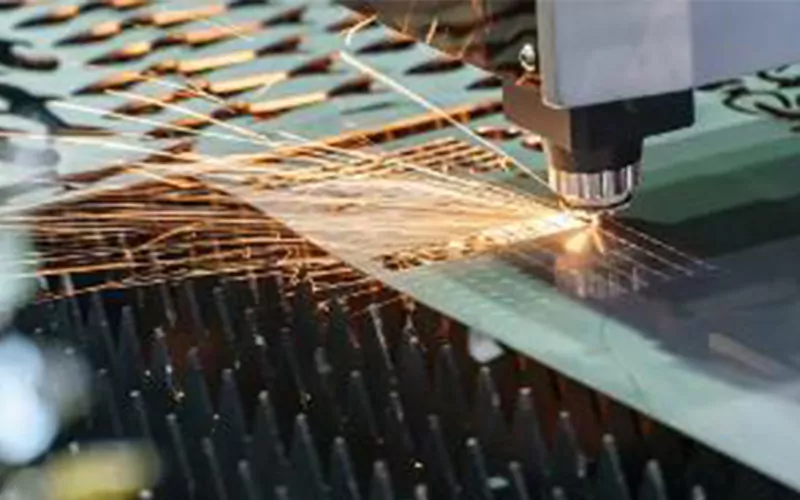Sheet metal manufacturing is a crucial industry that provides materials for a wide range of products, from automobiles to household appliances. However, the environmental impact of this process is a growing concern in today's world. In this article, we will delve into the various aspects of the environmental impact of sheet metal manufacturing and explore potential solutions to mitigate its effects.

Energy Consumption
One of the primary environmental impacts of sheet metal manufacturing is the high energy consumption involved in the process. The extraction of raw materials, such as iron ore and coal, and the subsequent smelting and shaping of the metal all require significant amounts of energy. This energy often comes from non-renewable sources, leading to increased carbon emissions and contributing to climate change.
Furthermore, the use of energy-intensive processes, such as welding and metal forming, adds to the overall environmental footprint of sheet metal manufacturing. As a result, manufacturers are increasingly seeking ways to reduce energy consumption through the adoption of more efficient technologies and the integration of renewable energy sources into their operations.
Waste Generation
Another critical environmental impact of sheet metal manufacturing is the generation of waste materials. Throughout the various stages of production, including cutting, stamping, and finishing, significant amounts of scrap metal and other waste products are produced. Improper disposal of these waste materials can lead to soil and water contamination, posing risks to both the environment and human health.
To address this issue, many manufacturers are implementing recycling programs to reclaim and reuse scrap metal. By doing so, they not only reduce the amount of waste sent to landfills but also minimize the need for additional raw materials, thereby conserving natural resources and reducing the overall environmental impact of sheet metal manufacturing.
Air and Water Pollution
The processes involved in sheet metal manufacturing, such as metal cutting and surface treatment, can release pollutants into the air and water. These pollutants, including particulate matter, volatile organic compounds (VOCs), and heavy metals, can have detrimental effects on air quality and water ecosystems.
To mitigate air and water pollution, manufacturers are increasingly investing in advanced filtration and treatment systems to capture and neutralize pollutants before they are released into the environment. Additionally, the adoption of cleaner production techniques and the use of environmentally friendly coatings and finishes are helping to minimize the environmental impact of sheet metal manufacturing on air and water quality.
Resource Depletion
Sheet metal manufacturing relies on the extraction of natural resources, such as iron ore, aluminum, and copper, which are finite in quantity. The continued depletion of these resources can lead to environmental degradation, habitat destruction, and ecosystem disruption. Furthermore, the extraction and processing of these raw materials can have significant environmental consequences, including deforestation, soil erosion, and habitat loss.
To address resource depletion, manufacturers are exploring alternative materials and sustainable sourcing practices. By using recycled metals and exploring the use of bio-based materials, they can reduce their reliance on finite resources and minimize the environmental impact of sheet metal manufacturing on natural ecosystems.
In conclusion, the environmental impact of sheet metal manufacturing is a complex and multifaceted issue that requires careful consideration and proactive measures. By addressing the energy consumption, waste generation, air and water pollution, and resource depletion associated with this industry, manufacturers can work towards minimizing their environmental footprint and promoting sustainable practices. Through the adoption of innovative technologies and the implementation of responsible environmental management strategies, the sheet metal manufacturing industry can strive to achieve a more sustainable and environmentally friendly future.







